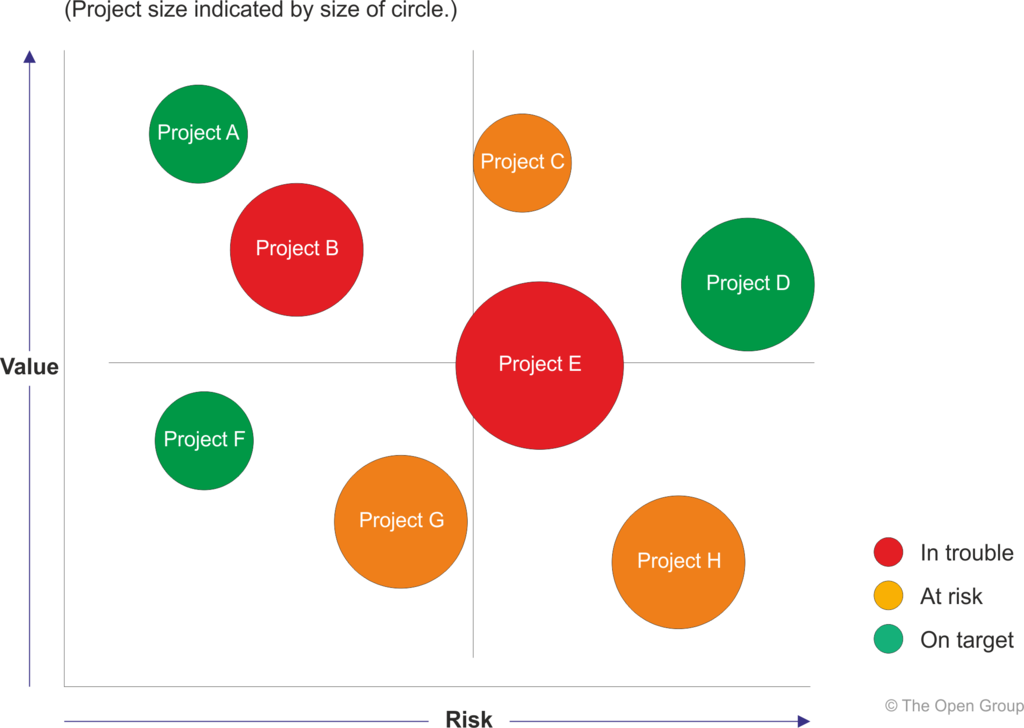The Strategic Advantage of TOGAF: Aligning IT and Business for Lasting Success
In today's fast-paced, technology-driven business landscape, having a robust and adaptable enterprise architecture is crucial for organizational success. This is where TOGAF, or The Open Group Architecture Framework, shines as the de facto standard for enterprise architecture. TOGAF offers a comprehensive approach to designing, planning, implementing, and governing an enterprise's information architecture. As a tool for assisting in the acceptance, production, use, and maintenance of enterprise architectures, TOGAF is built upon an iterative process model supported by best practices and a re-usable set of existing architecture assets. The Core Components of TOGAF At…continue reading →




